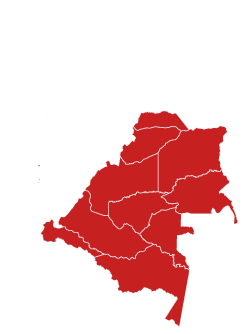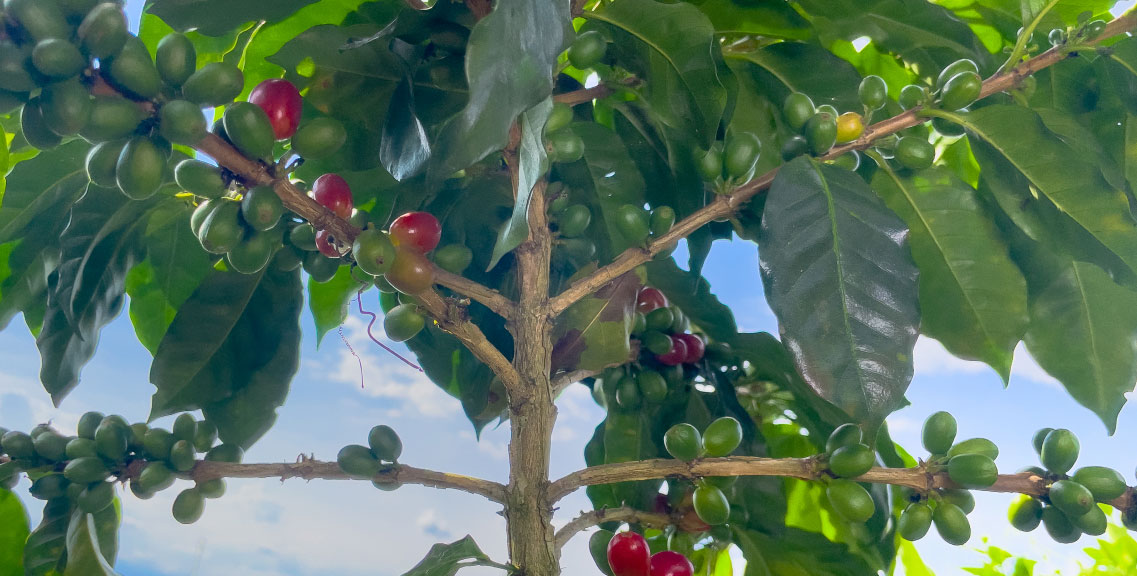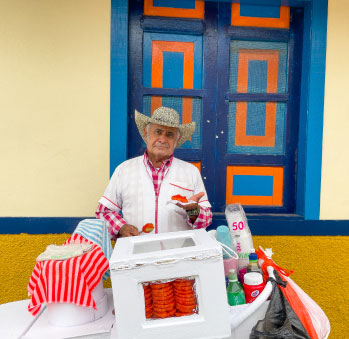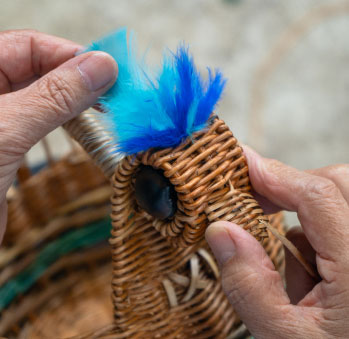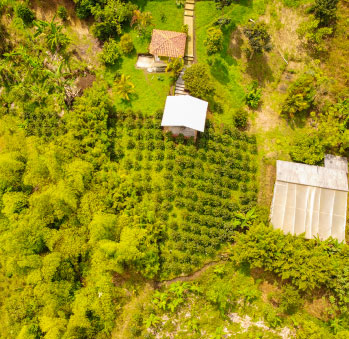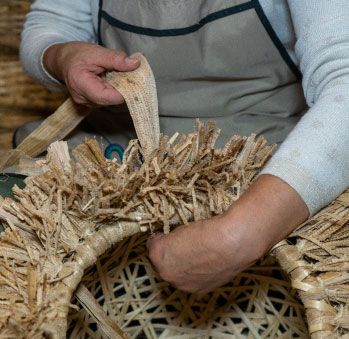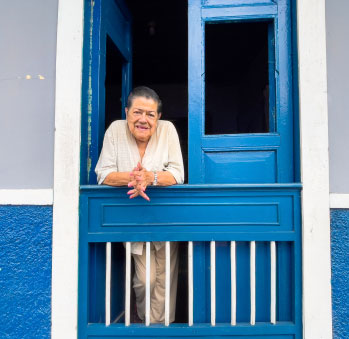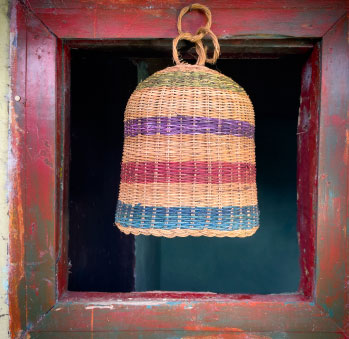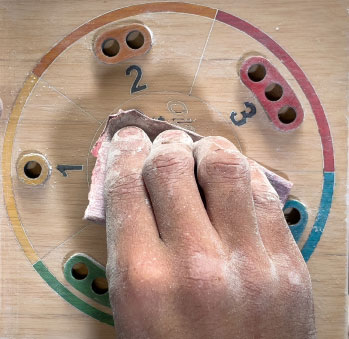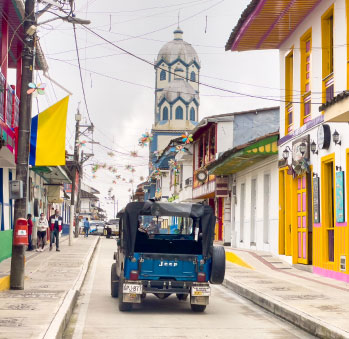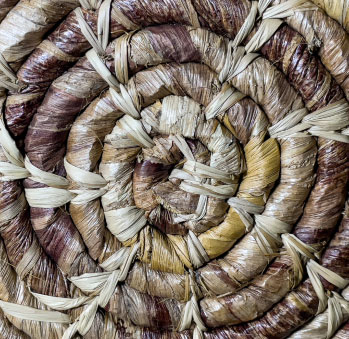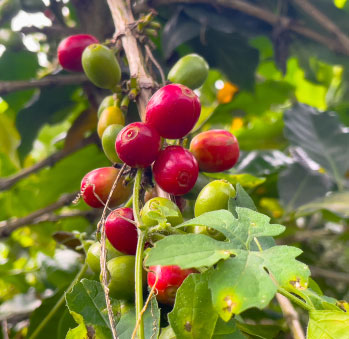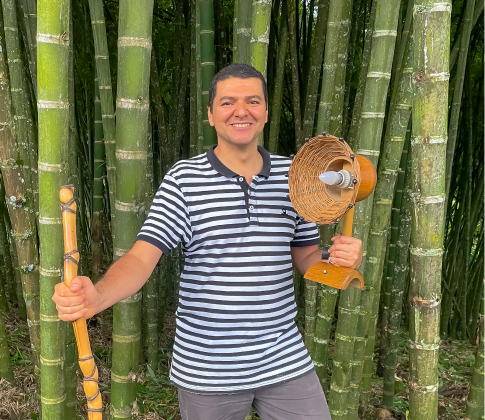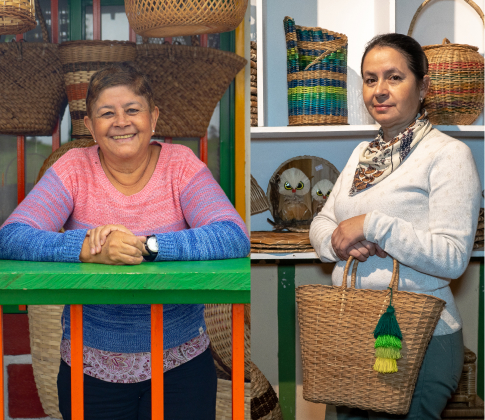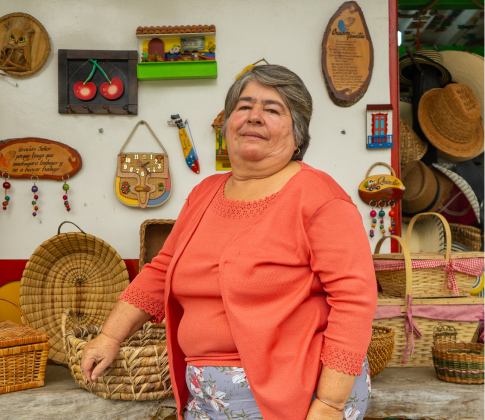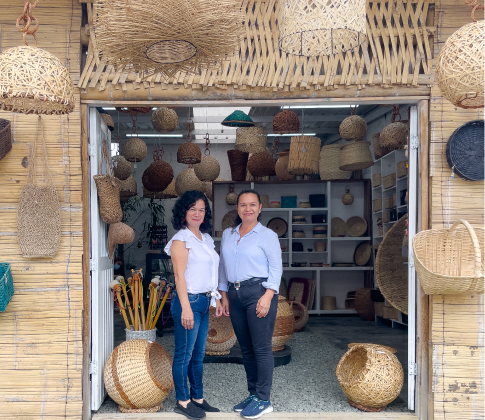Risaralda-Quindío Route
Back to main routeThis route —which can be traveled through in iconic Willys jeeps— presents visitors with an opportunity to discover new sites of interests in the Eje Cafetero. The region is home to not only the most beautiful and largest “garden” of wax palms in Salento, nor just to the magnificent Parque del Café in Pueblo Tapado: it also houses several very skillful artisans. It is time to add further layers to the history of coffee. It is time to truly come to grasp the region’s the economy: how it has depended on woven coffee sacks for decades, how it has had to change and innovate its weaving techniques because of new market demands. Experts in the use of bejuco and plantain fiber (guasca) show off their skills making all kinds of baskets. This route will allow also allow you to see role woodwork holds in the region’s crafting world. There are rich varieties of cedar, Chinese ash, cypress, and carob trees here; as well as special crafting techniques to make wares with guadua and coffee wood. Another one of the Eje Cafetero’s most important trades, which also showcases the versatility of the region’s craftspeople, is its jewelry. It has managed to reclaim the pre-Hispanic traditional Quimbaya symbolism. This is a journey that will take you along two departments and three municipalities: a world you will lose yourself in.
Embark on a journey full of history
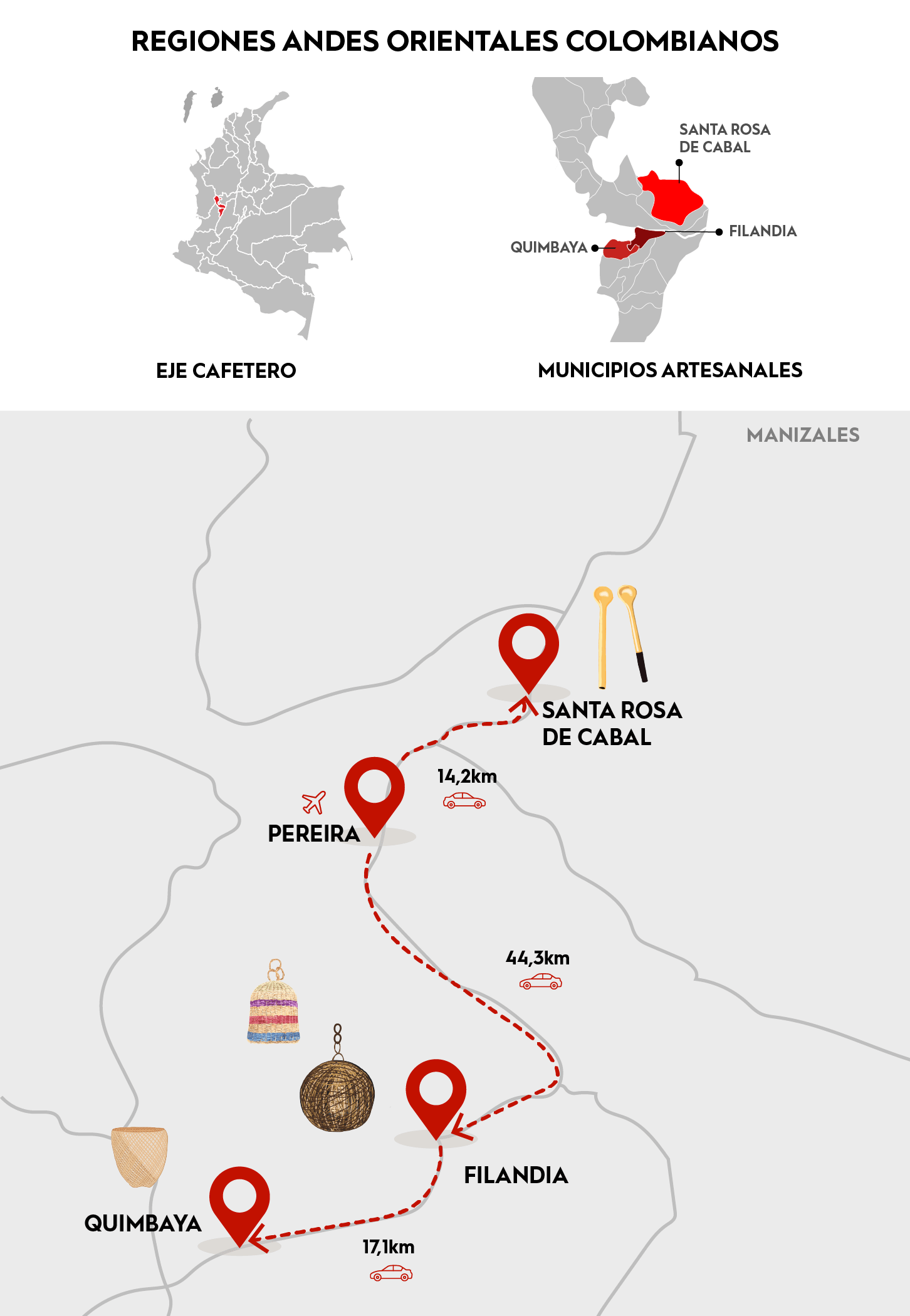
Artisans along the way
Artisans along the way
We recommended this tour
Schedule the visit in advance with the artisans.
Carry cash.
5 days
Car or Bus
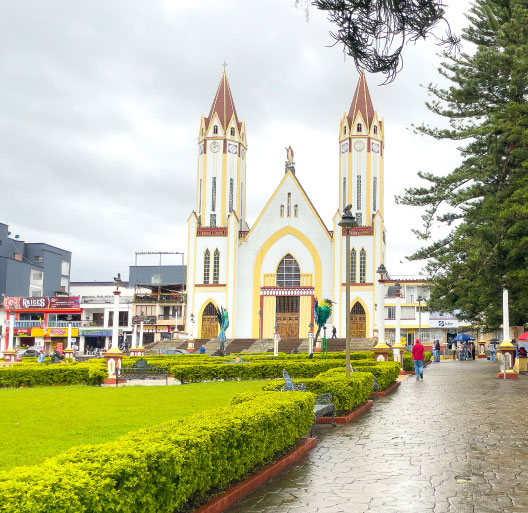
From Pereira to Santa Rosa de Cabal (Risaralda)
Only 14 kilometers away from Pereira, everything is close to everything else in this region. Its landscapes will invite you to slow down and take them in. One of the places in which this invitation is particularly strong is the El Tambo viewpoint on the Pereira–Santa Rosa road. Here, you will enjoy a spectacular view of both Dos Quebradas and Pereira. You will also have a variety of restaurants and cafés in which to recharge your batteries at your disposal. Arriving in Santa Rosa is entering a land of delicious chorizos and stunning hot springs. We recommend you experience both. Another marvelous tourist spot is the araucaria forest on the town’s main square. In addition, an amazing sight to witness is Santa Rosa’s devotion to Our Lady of the Miraculous Medal. It can be seen especially in the sanctuary in Her honor, which has beautiful stained-glass windows. You will also inevitably come across the Machete Monument: a symbol that represents how the town has been able to survive thanks to woodworking and coffee farming. Visiting the region’s artisans will let you experience the particular culture surrounding coffee that has sprung here and discover the plethora of wares that have come from it.
Filandia (Quindío)
There are 44 kilometers from Santa Rosa to Filandia, it takes about an hour. Perhaps the colors of its doors and facades are the parts of this beautiful town that will stick to you the longest. Or perhaps what you will remember most will be the townsfolk’s charm and chattiness. We suggest you bring an umbrella and a light jacket to this part of the trip in case you run into a light rain, since Filandia is a little cooler than the rest of Quindío. You must try the solteritas and the casadas —traditional cookies filled with condensed milk— while you walk by the town square and its small streets. This place is perfect for taking beautiful pictures. During your visit, you can go to the magnificent Immaculate Mary Church. You will also have the pleasure of meeting Ruby Arias and the sisters Alida Márquez and Ofelia Marín, masters of the art of weaving, with whom you will be able to learn the ABC’s of the trade and witness the most beautiful landscapes amid traditional architecture. In addition, we encourage you to try the caspiroleta, another local dairy treat that is sweet and served with toast. It will be the perfect appetizer for the mouth-watering lunch you will enjoy in the town’s restaurants, which offer a great variety of traditional and international dishes. We suggest you stay two days in this beautiful town, so you meet its craftswomen one day and, in the other, you do ecotourism: bird and howling monkey watching, as well as hiking through the Barbas Bremen natural reserve. For this trip, enjoy a fiambre lunch: a traditional dish wrapped in plantain leaf that is delicious and unmissable.


Quimbaya (Quindío)
The distance from Filandia is 17 kilometers, and you will definitely notice the Quimbaya people’s enormous sculptures. These include the emblematic pre-Columbian poporo and the shapes that are carved into several of the town’s walls. Some of these sculptures are carved into barrancos —the sides of cliffs and mountains— and touring them is called barranquismo. Having seen these images turns meeting the craftswomen who make the town’s iconic gold and silver jewels into a completely new experience. Moreover, do not forget to drop by the Collazos women’s workshop and marvel at their weaving. With them you can perfectly stay for an entire morning. The town’s warm climate lets you comfortably wear shorts and a T-shirt. We recommend you try a refreshing glass of guarapo (sugar cane drink) in the town square and the perfect combination that is a buñuelo (fried cheese ball) and a cold avena (oatmeal drink). These are profoundly Catholic towns, which is why we invite you to enter the Mary, Joseph, and Jesus Church. It has one of the largest Christ statues in Latin America, which was sculpted by Buenaventura Malagón. If nature tourism is your thing, you can raft down the river and discover the local wildlife. Saturday is a good day to visit Quimbaya because the farmers of the surrounding villages come into town and stock the marketplace. Be sure to check the Willys jeep station in the town square and have fun exploring backroads and neighboring villages. Remember that the Panaca park is right next-door. So, if you like animals, it is a mandatory visit.

Pueblo Patrimonio
La Red Turística de Pueblos Patrimonio de Colombia es un programa especial del Ministerio de Comercio, Industria y Turismo, ejecutado por FONTUR, que trabaja con 17 municipios de Colombia que poseen declaratoria de Bien de Interés Cultural (BIC) a nivel nacional para su valoración y proyección mediante el turismo, generando así más oportunidades de desarrollo y sostenibilidad en las comunidades.

La Medalla a la Maestría Artesanal es un galardón que Artesanías de Colombia entrega anualmente, con el cual se hace un reconocimiento a aquellos artesanos, empresas y comunidades artesanales que, contando con una trayectoria destacada, sobresalen a nivel nacional por su excelencia en el oficio así como por preservar el quehacer artesanal.

Denominación de Origen
Es un signo distintivo que identifica productos reconocidos o famosos por tener una calidad o características específicas derivadas esencialmente del lugar de origen y la forma tradicional de extracción, elaboración y producción por parte de sus habitantes. La protección conferida sobre una Denominación de Origen implica que ninguna persona puede identificar con la denominación protegida productos iguales o similares a los amparados, cuando no provengan del verdadero lugar y no cumplan con las características o calidades que le han dado la reputación al producto reconocido. Las Denominaciones de Origen para productos artesanales colombianos que han sido protegidas por la Superintendencia de Industria y Comercio en nuestro país son actualmente 12.
No puede copiar contenido de esta página

